Battery-Powered GPS Trackers
Connect more of the assets that matter with our range of GPS trackers with long battery life.

Company: LoneStar Tracking
Website: https://www.lonestartracking.com/
Country: United States
Industry: IoT Tracking
Connectivity: Cellular & LoRaWAN
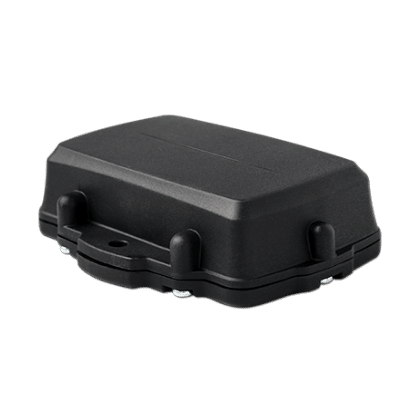
Oyster3
Lonestar Tracking and Texas A&M AgriLife Research & Extension Center – San Angelo are creating a reliable solution that can track, monitor, and protect livestock and livestock guardian dogs (LGDs) across ranches in Texas, United States, using battery-powered IoT asset tracking.
Livestock Guardian Dogs (LGDs) were first introduced into the agriculture scene in the USA in the late 1970s and have since become an essential tool on ranches. LGDs are essentially used by farmers to guard a variety of livestock species against predators such as wolves, mountain lions, coyotes, bears, birds of prey, feral cats, etc. Usually, these are medium to large-sized dogs that permanently live with the livestock as ‘social companions’ and will protect them from anything that they deem as a threat.
Utilizing custom-built collars with the Oyster3, Lonestar Tracking and Texas A&M AgriLife is providing an affordable GPS tracking solution to help track and protect Livestock Guardian Dogs while allowing owners to learn more about the habits of their animals and easily locate their dogs should they get lost or wander off into places they shouldn’t be in.

Livestock Guardian Dog with its herd wearing an Oyster tracker.
Livestock Guardian Dogs (LGDs) are a non-lethal method of predator control and are originally from Europe. They were bred for thousands of years to be guardians of livestock by herders that traveled with livestock across vast areas to feeding grounds throughout the year. The lack of property boundaries for the dogs has led them to naturally want to roam large territories, which can be problematic for owners. On large properties, both livestock and LGDs are generally left to roam freely with minimal supervision making it hard to manually keep track of their location. It is important to know the location of Livestock Guardian Dogs should they wander off and leave the property to become lost or even stolen. Another reason to track LGDs is if they are injured and unable to protect their livestock, owners can be notified and are able to locate their dogs. Almost 50% of LGDs on working ranches are lost after 6 years due to leaving the ranch boundaries. GPS trackers can help decrease the loss of these important dogs protecting livestock from predators.
In addition, not only are Livestock Guardian Dogs expensive, but it takes a considerable amount of time and resources to train and bond them to their owners and livestock. LGDs play an important and valuable role on ranches, for one to go missing or to be injured would be a substantial loss to their owners not only in the expense of replacing the dog but also in lost production due to predation.
GPS trackers can assist ranchers by not only locating their LGDs but also locating livestock. Most LGDs rarely travel too far from their charges. By utilizing GPS trackers on their LGDs, producers can quickly locate livestock for animal husbandry practices. Producers can also utilize tracking data from their dogs to improve range management by adding additional water resources and fencing to force livestock to utilize lower-quality feed resources or to help control invasive grass and brush species. GPS trackers can also add in ranchers in predator control by monitoring the location of LGDs in fields. LGDs will regularly patrol areas of high predator density in the dog’s territory.
Featuring ultra-rugged IP67 housing, the Oyster3 can withstand the toughest conditions and is protected from any dirt, water, and bumps that might occur when installed into the collars. Using 3 x AA user-replaceable batteries, the device features up to 10+ years of battery life. Movement-based tracking allows for the devices to enter sleep mode when stationary to conserve power. Incredibly low power consumption on the Oyster3 allows owners to efficiently track Livestock Guardian Dogs without having to constantly replace batteries or repair devices if damaged.
A key factor for Lonestar Tracking when selecting a battery-powered GPS tracking device is its size. Most GPS devices in the market are large and bulky in size, making it impractical to use them for tracking Livestock Guardian Dogs without causing the dog discomfort. The robust and compact device can easily be installed into the collars and is small enough for the dogs to comfortably wear.

LGDs wearing the Oyster3 LoRaWAN GPS Tracker
Geofencing technology allows for location boundaries to be set around a property and enables real-time alerts should an LGD leave its designated area. Owners are then made aware straight away that their LGD has wandered off the property.

Geofenced map
The Oyster3 supports automatic roaming between LTE-M and NB-IoT networks and high-precision GNSS. This allows owners to receive fast and accurate location data of their LGDs. The ability to connect across large properties always provides full visibility for Livestock Guardian Dogs owners and gives them peace of mind knowing that they can easily locate their dogs.
Many ranches across North America are in remote areas and do not have cell phone service. New technologies such as LoRaWAN have allowed ranchers and producers to operate GPS tracking devices and other IoT sensors in these areas. The Oyster3 is available in a LoRaWAN package that can provide tracking capabilities up to 9 miles around a ranch with the help of a LoRaWAN Gateway.

LoRaWAN Gateway
“Historically, GPS tracking equipment for animals has always had a problem. It either has great battery life, but is very expensive, costing several thousands of dollars per collar. Or, the device is affordable, but the battery only lasts 1-2 weeks. The Oyster3 has solved this and gives producers and ranchers the best of both worlds. Ultra-long battery life and an affordable tracking solution. Along with the Oyster3 being available in either Cellular or LoRaWAN, coverage is now available almost everywhere in North America… A game changer in protecting our friends and co-workers, the Livestock Guardian Dogs.” – Thomas Remmert, Co-Founder & CTO, LoneStar Tracking

Related Case Studies
Battery selection plays an important role in determining how well a data logger performs in the field. This is especially important in challenging thermal environments or in scenarios where the data logger needs to power demanding sensors.
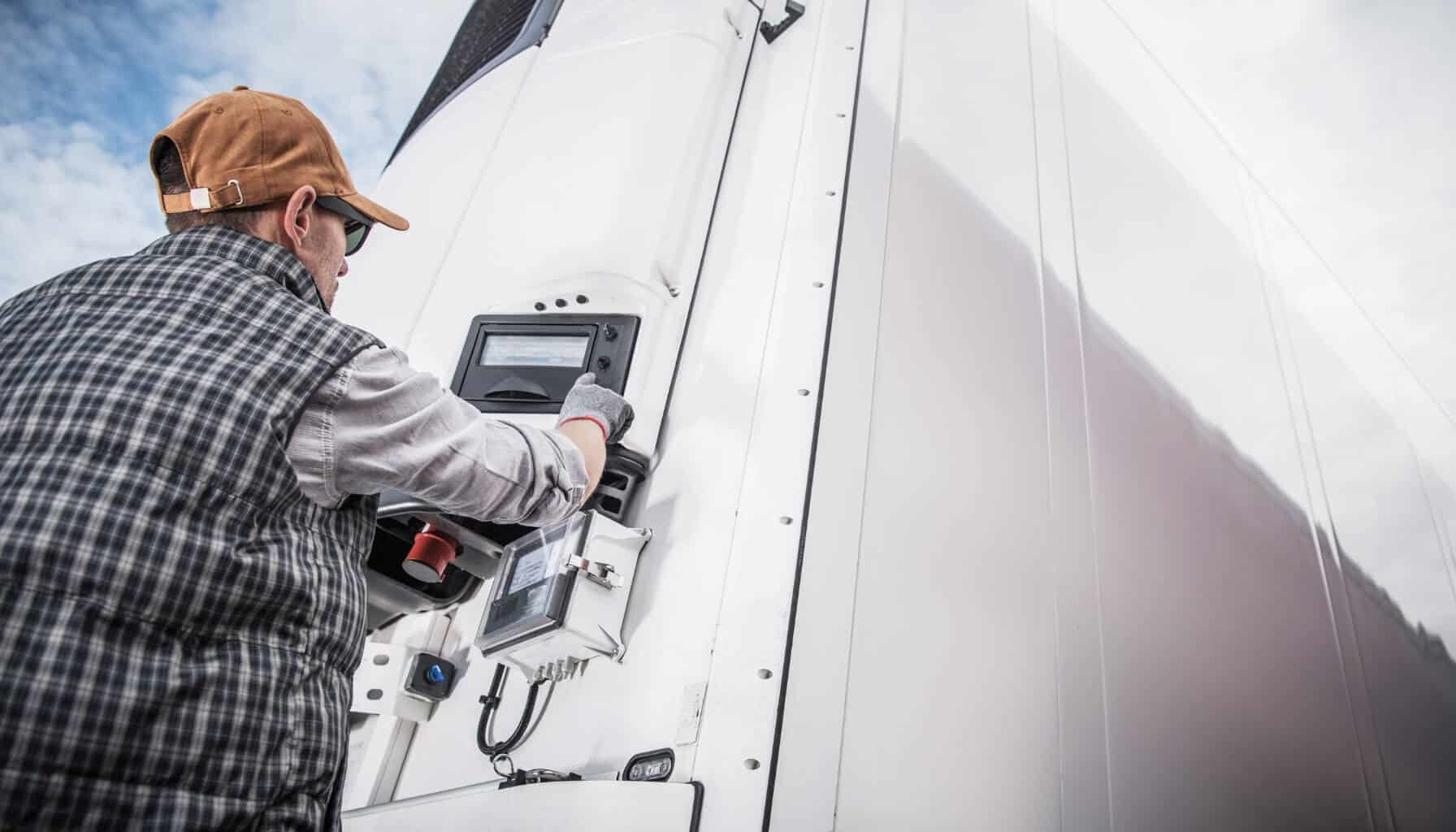
Related Case Studies
In today’s world, the need for precise sensor monitoring is becoming more and more prevalent. Temperature and humidity sensors are among some of the monitoring tools that play a pivotal role in maintaining optimal conditions for many industries, from cold chain logistics, healthcare, all the way to agriculture. This article will explore the fundamentals of temperature and humidity monitoring, the technology, applications, and role of data loggers for communicating temperature and humidity data.

Related Case Studies
What is an NB-IoT Data Logger? Data and real-time insights allow businesses to optimize operations, monitor conditions, and make informed data-driven decisions. NB-IoT data loggers play a pivotal role in ensuring businesses are equipped with the right data, at the right time. NB-IoT data loggers allow for wireless, remote data collection from sensors, allowing businesses to capture integral data without any manual effort.

Related Case Studies
Agriculture is rapidly evolving with the integration of IoT technology, enabling farmers and agribusinesses to optimize operations, increase yields, and enhance sustainability. By leveraging remote sensors and data loggers, such as the Hawk, agricultural professionals can gain real-time insights into environmental conditions, equipment usage, and livestock movement to make data-driven decisions.
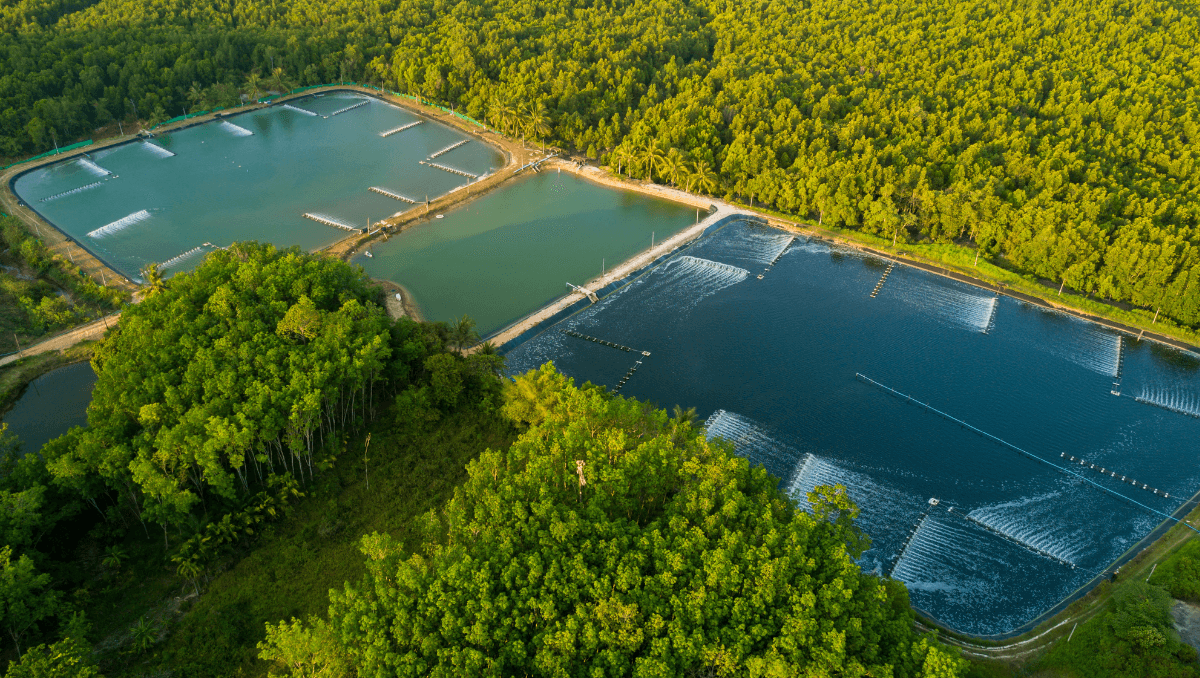
Related Case Studies
IoT plays an integral role in the modernization of smarter water management, allowing for greater efficiency, improved resource allocation and, enhanced sustainability. Learn how IoT has improved water management practices and discover the technology making this possible for industries around the world.
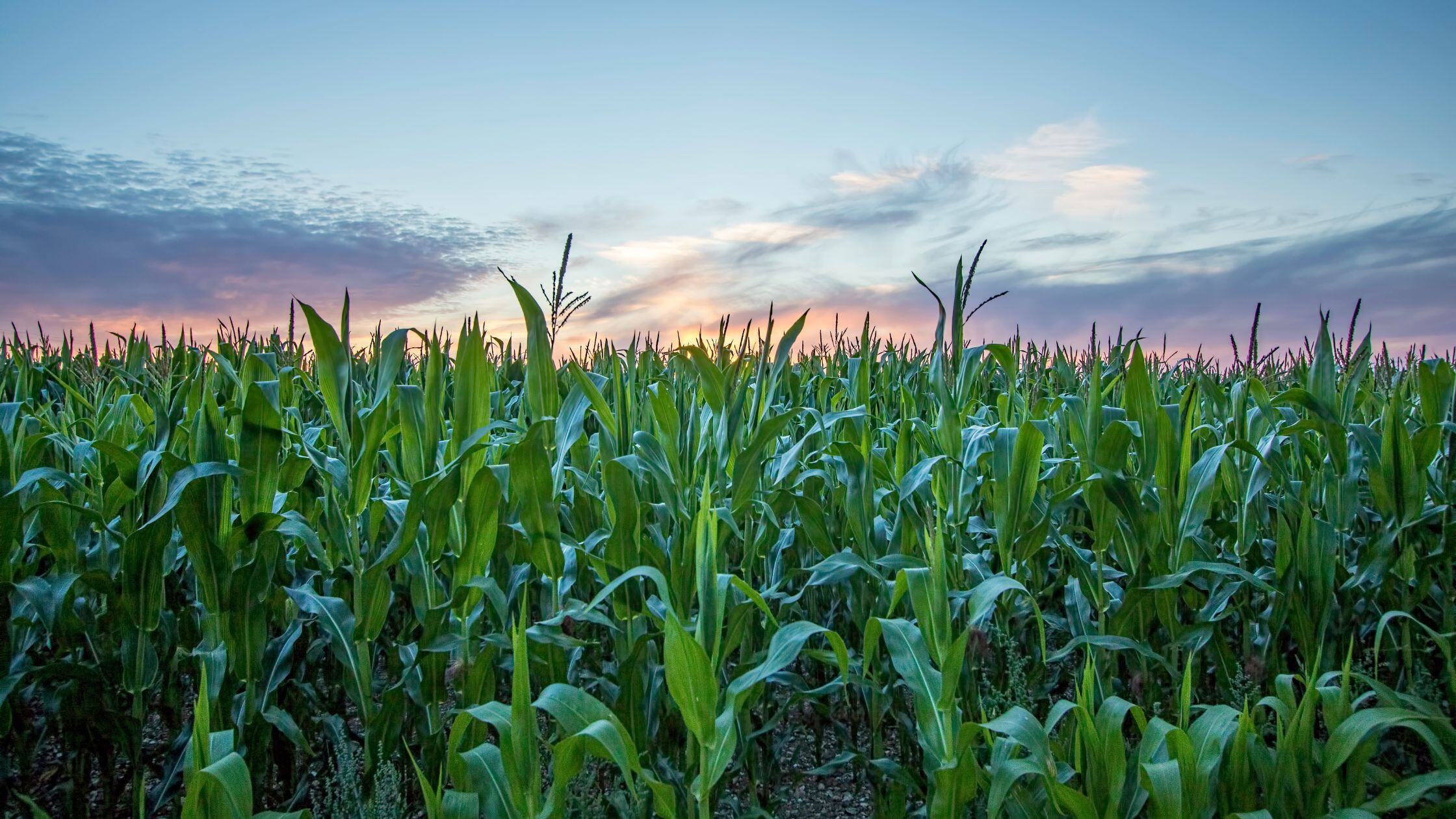
Related Case Studies
A Bluetooth® data logger can be used in sensor monitoring, utilizing Bluetooth Low Energy (BLE) to read data captured by a variety of sensors and tags. Bluetooth technology offers a cost-effective, energy-efficient solution for remote sensor monitoring, with its' low power consumption and ease of deployment. Discover the various sensors that utilize Bluetooth technology, their practical applications, and how they compare with other wireless solutions.

Related Case Studies
We have iterated on the low-power design DNA that permeates our entire product range to create a Hawk that can run for years using low-cost, Alkaline D Cell batteries.

Related Case Studies
Remote task management leverages IoT technology to facilitate the real-time control and monitoring of devices and systems. Utilizing IoT sensors, a series of parameters can be remotely monitored from anywhere in the world, with data sent to a designated end-platform for analysis and task automation.
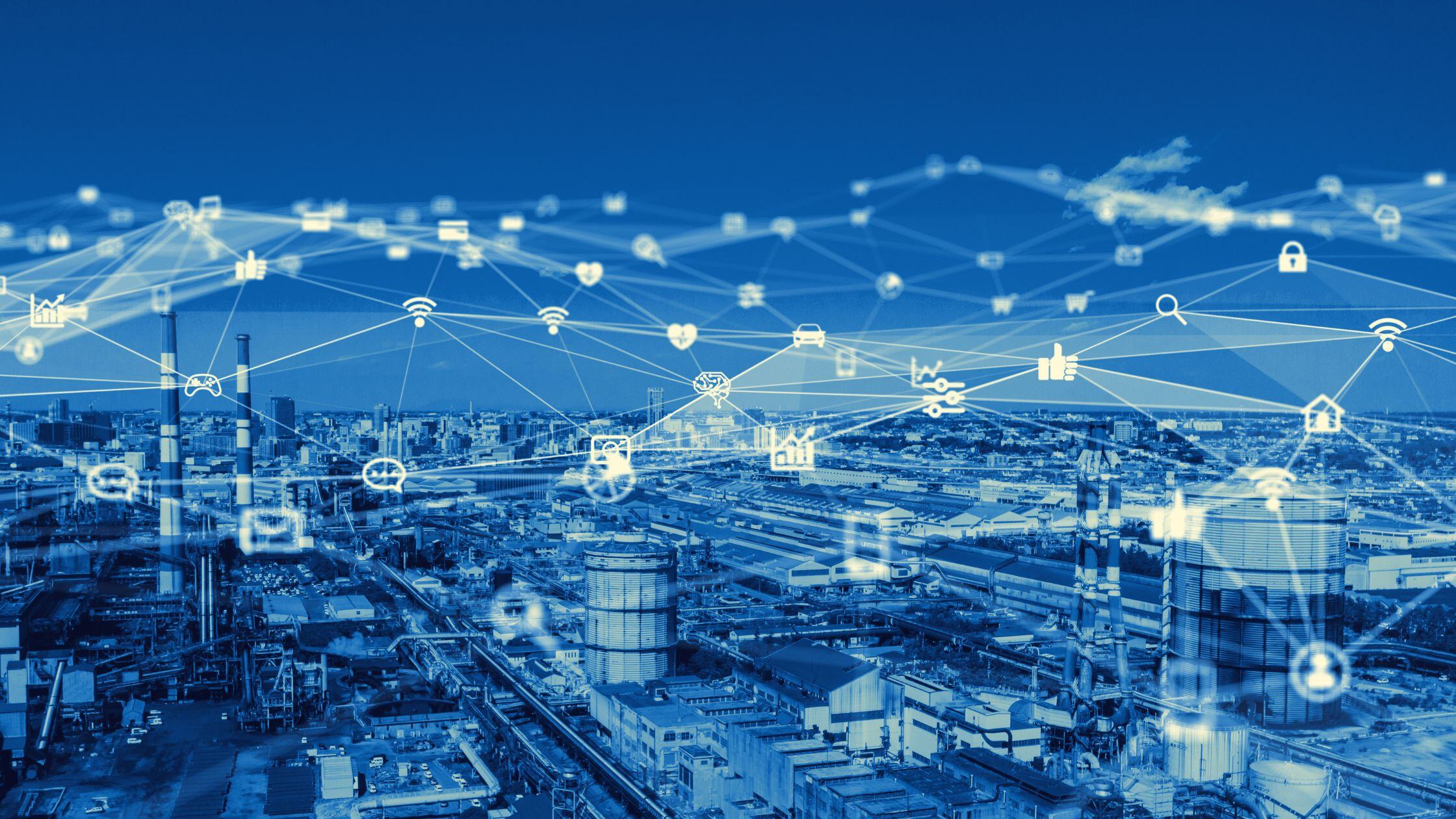
Related Case Studies
Modbus protocols are utilized in many industries such as industrial automation, building automation, and utility. Modbus offers an intuitive master-slave architecture that provides crucial data that aids in making timely decisions. Modbus remains a cornerstone in sensor monitoring due to its reliability, ease of implementation, and broad industry acceptance. Modbus data loggers help translate the data captured from Modbus protocols into a cloud-based platform to allow for remote monitoring.
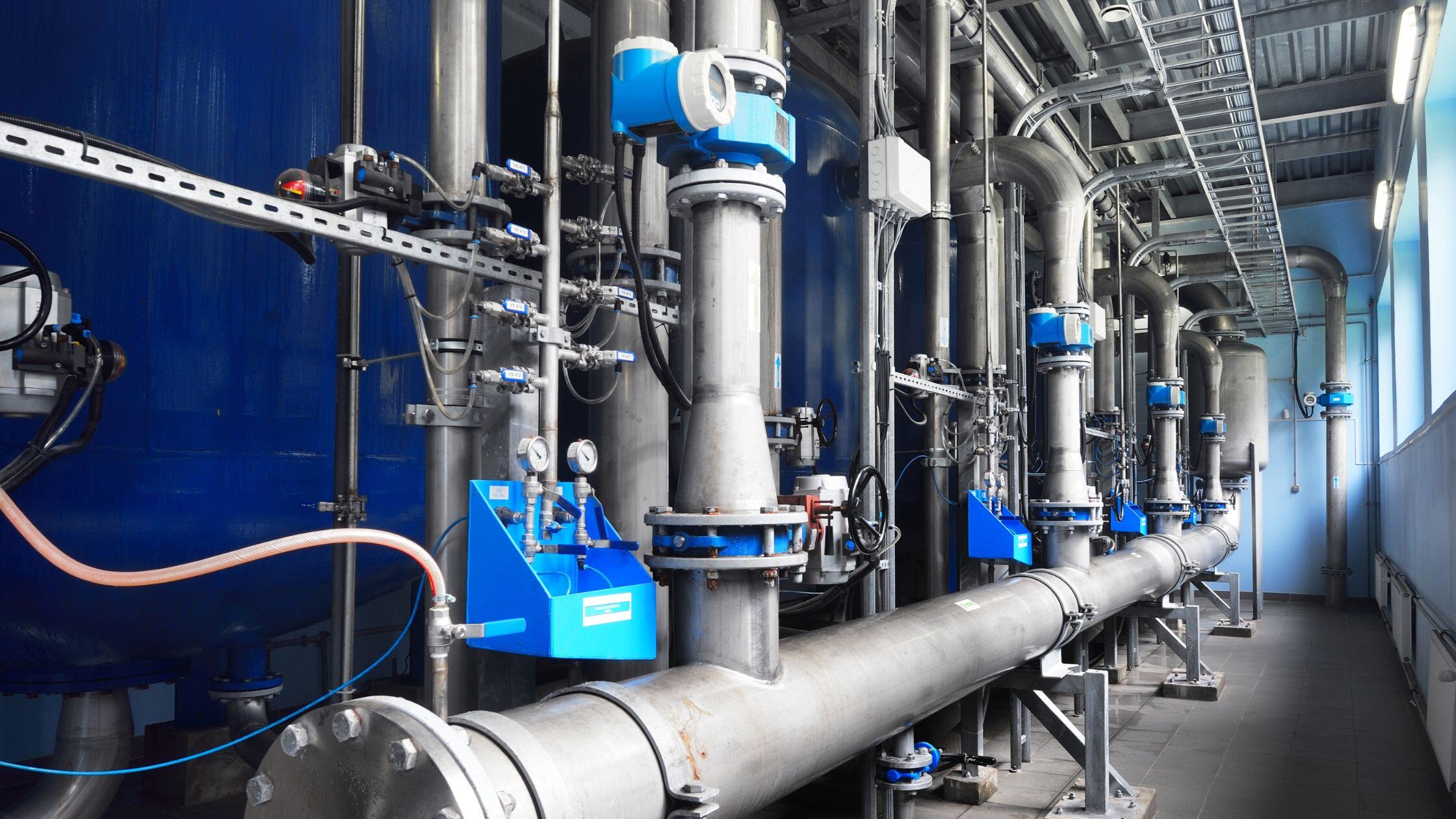
Related Case Studies
Water pressure management refers to monitoring and controlling the pressure within water systems. These systems comprise three components: a sensor, a water pressure datalogger, and a cloud-based platform.
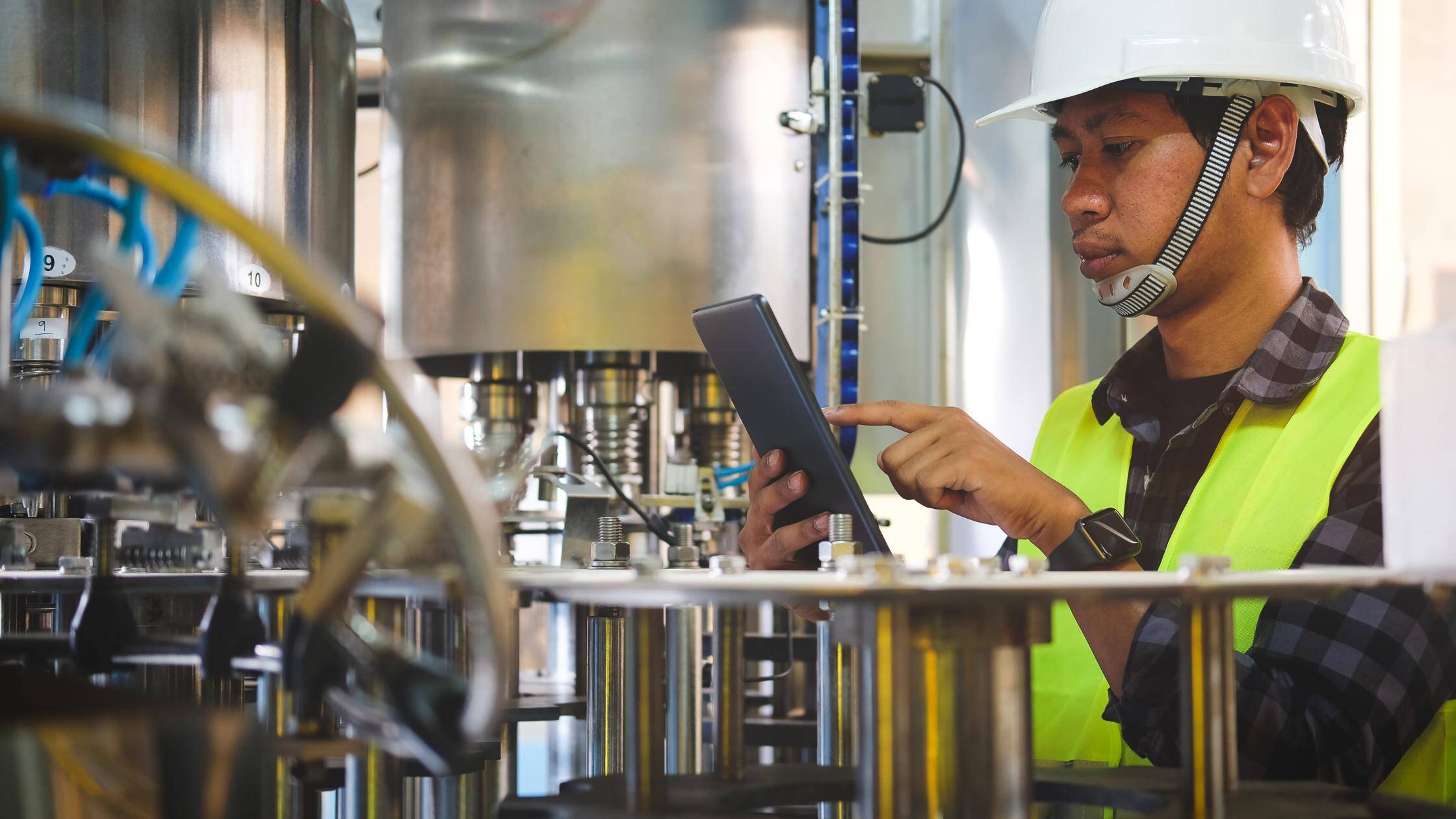
Related Case Studies
RS-485 is essential in industrial and building management systems, offering reliable long-distance communication and multi-device support. Its robust features ensure efficient sensor monitoring and data transmission in various applications, from automation to utility networks.
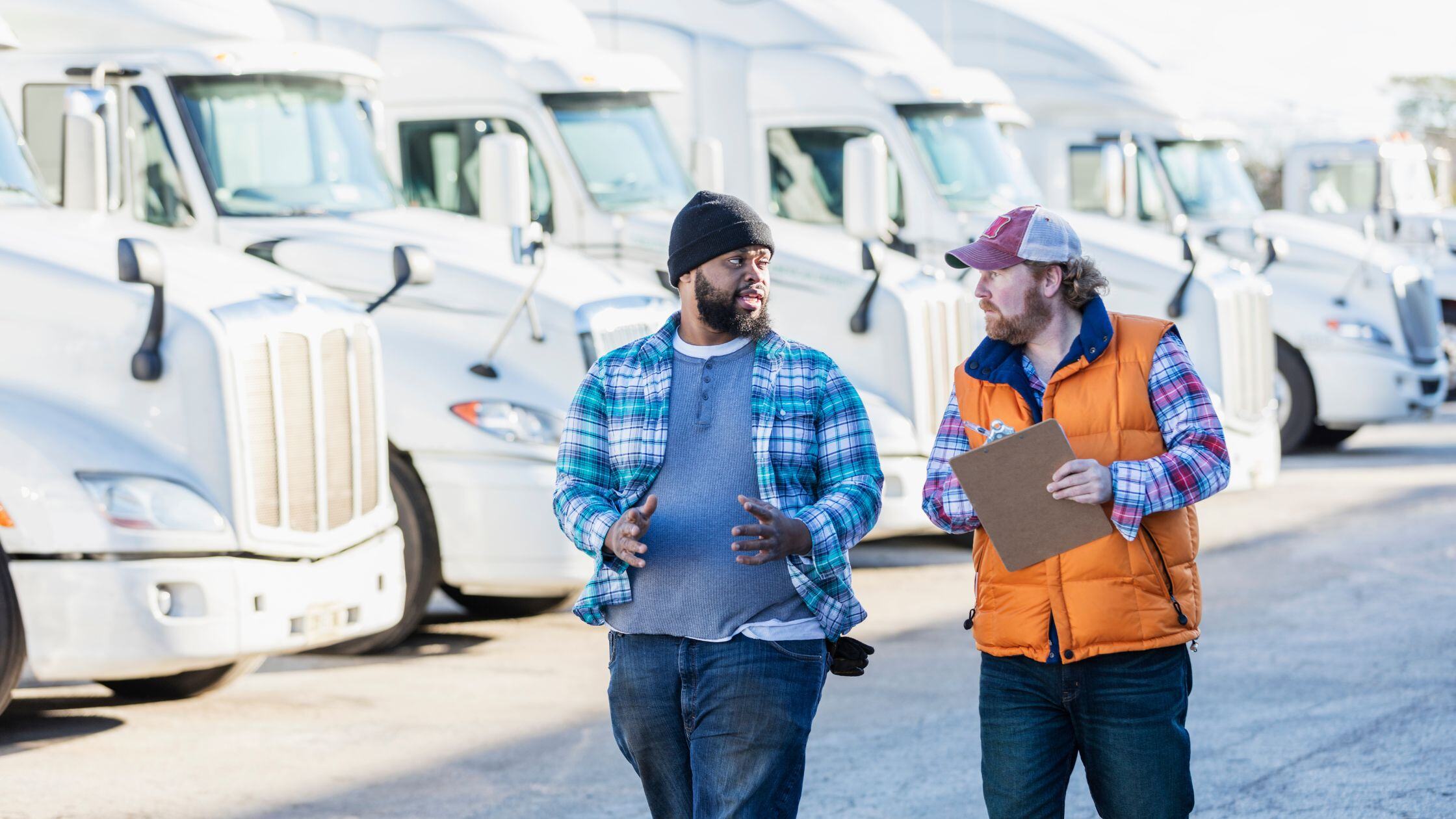
Related Case Studies
Explore how IoT remote monitoring is utilized in industries such as agriculture, healthcare, environmental management, and more. Remote monitoring paired with a data logger offers near-real-time insights into crucial data from a remote location. Ensuring timely decision-making and improved operational efficiency.